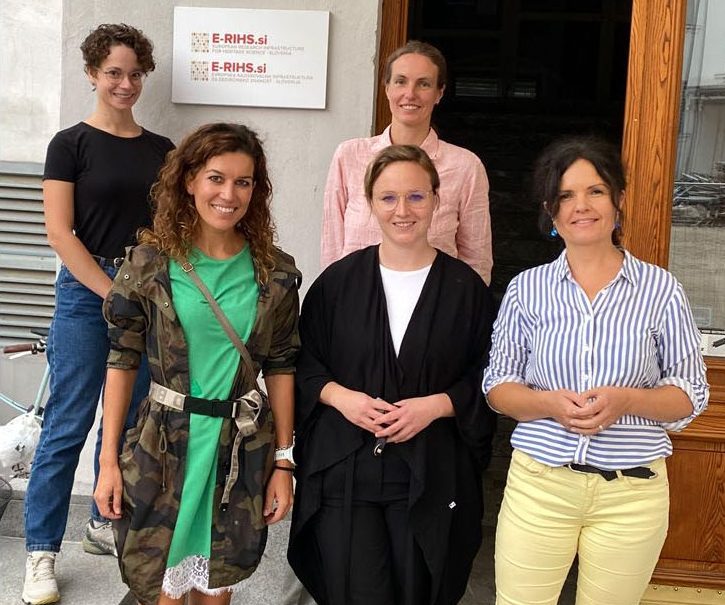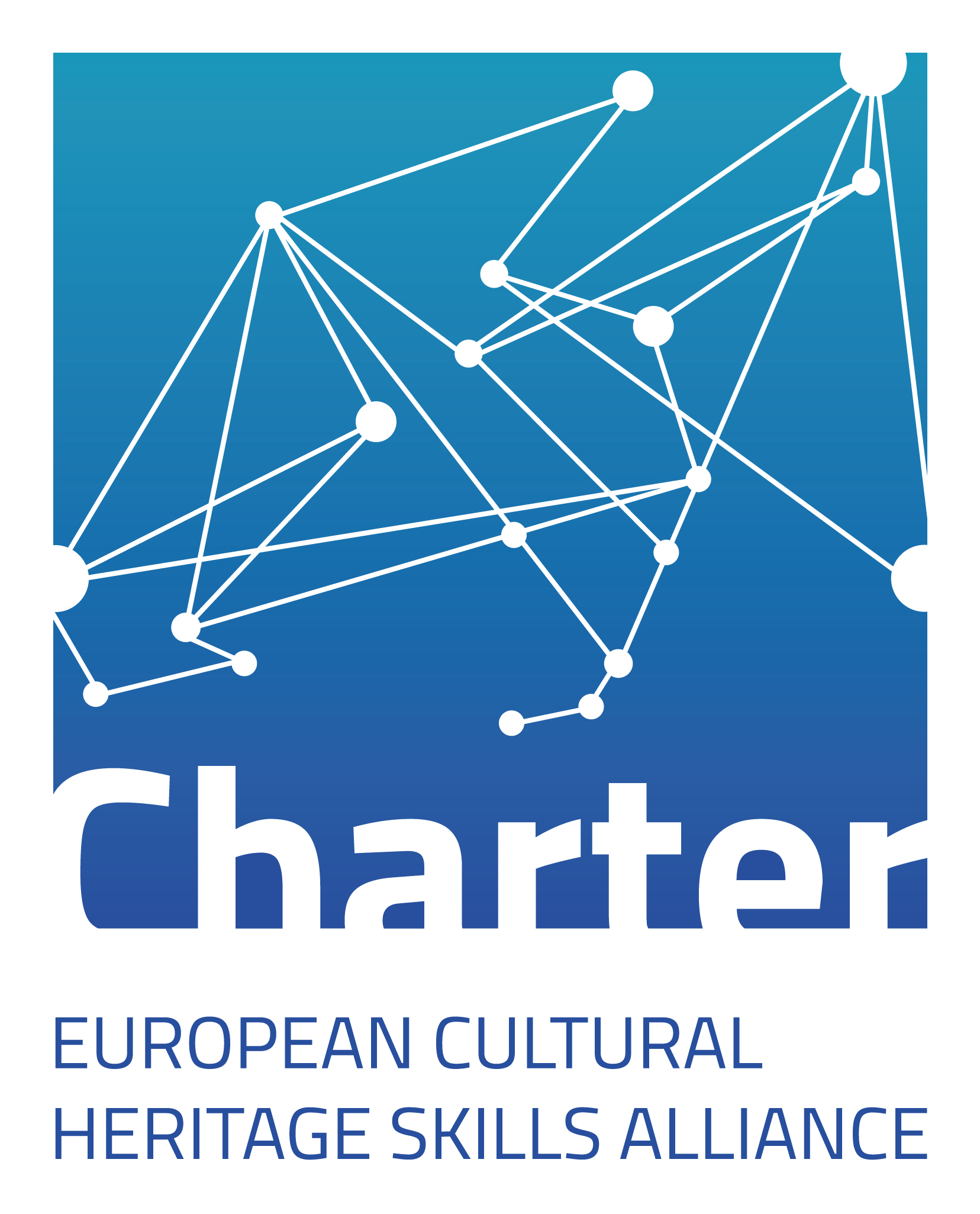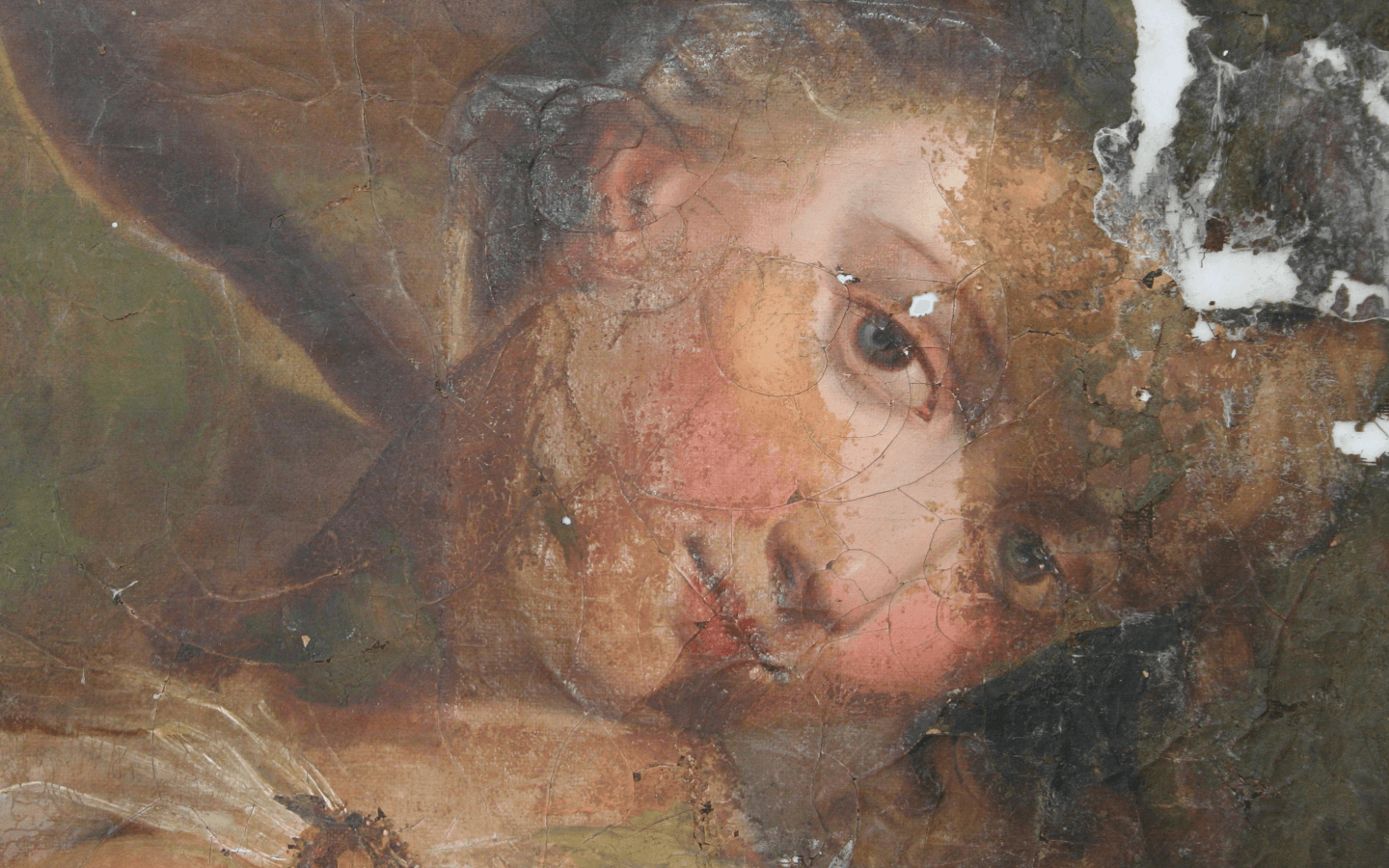Excellent international cooperation has led the Research Institute (RI) to partner in the European Research Infrastructure for Heritage Science (E-RHIS) project. The European Research Infrastructure for Heritage Science ( www.e-rihs.eu ) was included with an excellent rating in the priority list of the European Strategy Forum on Research Infrastructures already in 2016 ("ESFRI Roadmap") and E-RIHS was included among the international priority projects in the field of research infrastructures when the Research Infrastructure Roadmap Research was adopted by Slovenian Goverment in 2016. Within the IPERION HS project (Integrating Platforms for the European Research Infrastructure ON Heritage Science), we have provided access to research to five projects.
Text: Polonca Ropret
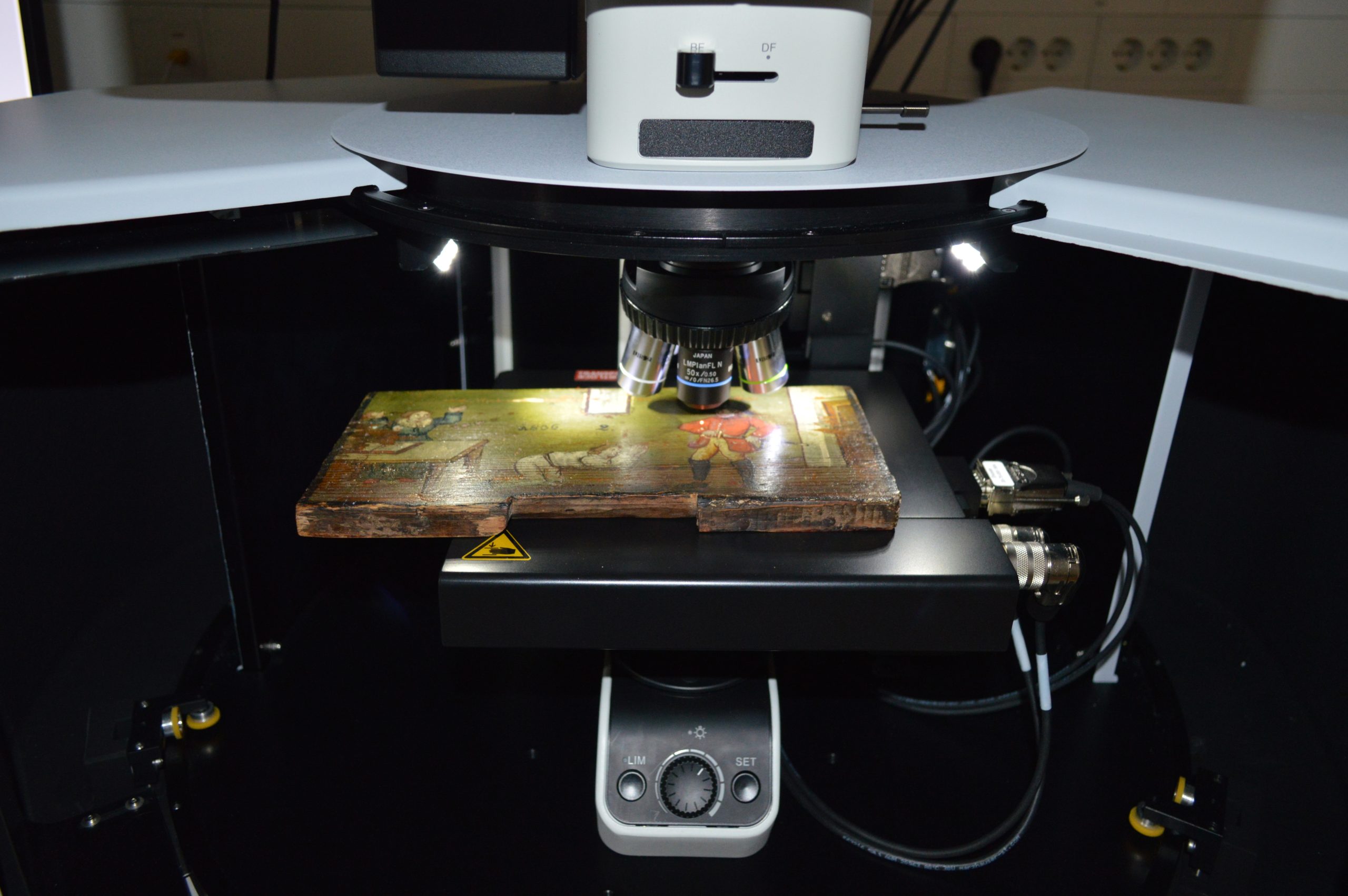
E-RIHS in IPERION HS
Slovenia, through the Ministry of Higher Education, Science and Innovation, formally joined the preparation of the project in the second half of 2017 and is actively participating in it with the aim of becoming a founding member of the European Research Infrastructure Consortium (ERIC) E-RIHS ERIC, based in Florence, Italy. In preparation for the launch of the E-RIHS ERIC, the Research Institute is actively involved through two EU projects, the E-RIHS PP and the E-RIHS IP. The Head of the Research Institute currently chairs the National Coordinators of the founding E-RIHS ERIC Member States. The E-RIHS ERIC is expected to start its operations in 2024. The E-RIHS ERIC will offer access to state-of-the-art analytical equipment, methodologies, data and tools, highly trained staff, and the storage, processing, interpretation and optimal exploitation of large amounts of data. E-RIHS consists of four platforms, namely ARCHLAB, which is an archive for museums and cultural heritage institutions, FIXLAB, a platform of medium and large analytical devices, MOLAB, a mobile laboratory for non-invasive measurements at the site where the objects or objects under study are located, and DIGILAB, which is the creation of digital methods for data processing and storage. At national level, all these laboratories are linked to E-RIHS Slovenia, which will be linked to the European centre E-RIHS ERIC in Florence.
Prior to the launch of the E-RIHS ERIC, access to research was provided through EU infrastructure projects such as IPERION HS (https://www.iperionhs.eu/ ).
These were carried out in the framework of the Laboratory for Macromolecules in Cultural Heritage, which has been recognised as the Slovenian scientific excellence and is therefore already included in the FIXLAB platform, which operates under the auspices of the E-RIHS Slovenia at the Institute for the Protection of Cultural Heritage of Slovenia, Academy of Sciences and the Faculty of Chemistry and Chemical Technology of the University of Ljubljana.
At RI, we have provided access to the research of five projects submitted by European researchers to IPERION HS calls and selected for implementation by an independent "Per Review Committee":
- MmKc: Meaningful materials in the khipu code: a multi-modal analysis
Project leader: Lucrezia Milillo, PhD student in Social Anthropology at the University of St. Andrews, UK; Marei Hacke, Textile Analyst at the Heritage Laboratory, Visby, Sweden
The project involved Raman and FTIR characterisation of the kipu, which are coloured knotted cords used for writing in the Andes for 14 centuries before, during and after the Inca empire.
- IDeLA: Identifying Decorative Laminates
Project leader: An Jacquemain, PhD student in Conservation, University of Antwerp, Belgium
The project involved the characterisation of decorative laminate samples from museum collections.
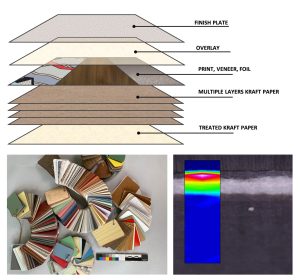
- STICK: SculpTure In terraCruda: advancing its Knowledge
Project leader: Dr Monica Lopez Prat, postdoctoral student in conservation, University of Barcelona, Spain. The project involved the characterisation of organic binders in fragments of monumental statues from the Buddhist sites of Tepe Narenj and Qol-e-tut (5th-11th centuries AD), in the present-day area of Kabul (Afghanistan), using FTIR micro-imaging.
- REMIXIS: Recontextualisation of ancient museum collections lacking of data. Unmasking an exceptional Mixtec mosaic mask through its material analysis
Project leader: Aline Huybrechts, Conservator, Mask Museum, Belgium.
The project involved Raman, FTIR and 3D topography analysis to characterise the Mexican mask.
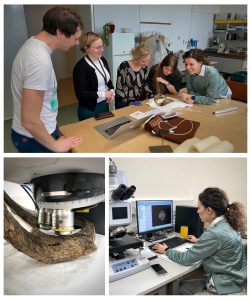
- PePI: Pende Pigments Identification
Project leader: Aurore Mathys, PhD student in Conservation, Royal Museum for Central Africa, Belgium. The project involved SERS (surface-enhanced Raman spectroscopy), Raman and FTIR analyses to characterise pigments and binders on African masks.
